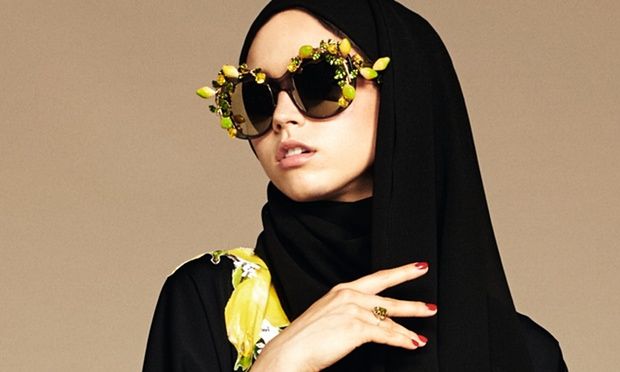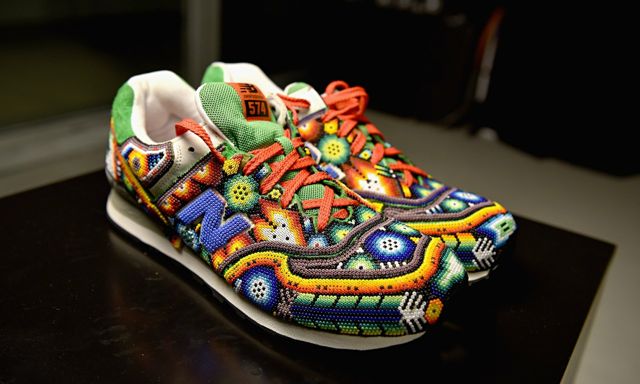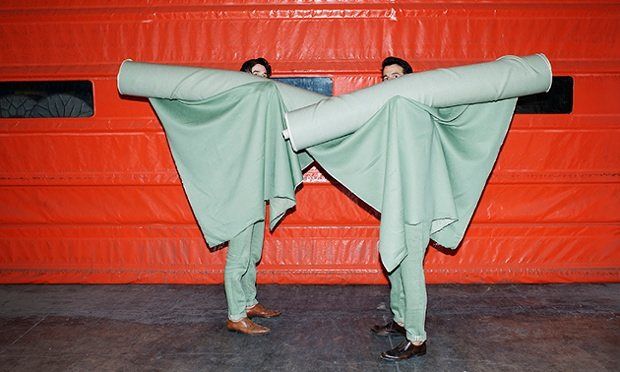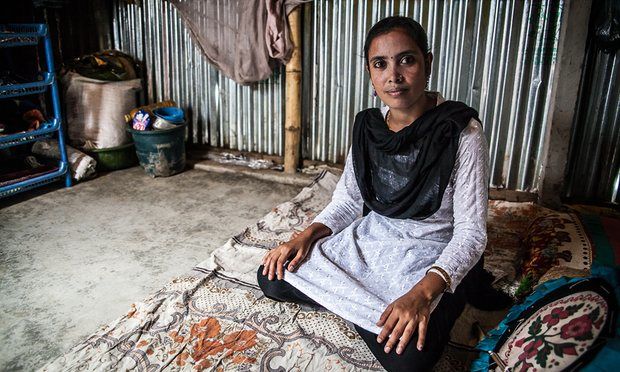BA2 BUSINESS STUDIES CLASS - GLOBAL AND ENVIRONMENTAL - PEST AND CSR
AIMS
1. PEST
2. CSR as extension to PEST
3. CSR as envirnomental, ethical and global
4. Group work
QUOTE OF THE WEEK
http://quoteoftheweekblog.tumblr.com
NEWS STORY OF THE WEEK
http://newsstoryoftheweekblog.tumblr.com
1. PEST
2. CSR as extension to PEST
3. CSR as envirnomental, ethical and global
4. Group work
QUOTE OF THE WEEK
http://quoteoftheweekblog.tumblr.com
NEWS STORY OF THE WEEK
http://newsstoryoftheweekblog.tumblr.com
1. INTRODUCTION - MACRO MARKETING
Macro trends are the broader trends which are external to a fashion brand but which impact on its business, markets and consumers. (Jackson and Shaw, 2009, p.18).
All organisations operate in market-places that are affected by forces outside their control. This trading environment can be analysed at a macro level using various versions of a model generally known as PEST (Political Social, Economic and Technological). The acronym is a simple checklist of variables that impact on all commercial organisations. Variations of PEST include PESTC (includes Competition), PESTL (includes Legal), and so on.Their are endless variations according to the elements that fashion managers consider to be most likely to impact on their businesses. (Jackson and Shaw, 2009, p.300).
2. PEST
PEST
Political
Political
In certain countries, such as France and Italy, the fashion industry is strongly economically supported, both directly and indirectly by government-provided finance. In other countries the fashion industry is not see as being of economic significance, and this would appear to be the case in the UK. (Jackson and Shaw, 2009, p.300).
Economic
Levels of unemployment and the housing market are two key factors which affect consumer confidence. How evenly a nation's wealth is spread among its different social classes can have a huge impact on its fashion market. Younger age groups spend far more on fashion than older ones, and women spend twice as much on clothes per annum than men. (Jackson and Shaw, 2009, p.301).
Social
Changing social structures (e.g. more women going to work) and demographic changes (e.g. an ageing population) can have a profound effect upon the type and level of fashion consumption. Western society is currently enjoying unprecedented levels of personal wealth, although it now appears that there is a growing divide between the rich and the poor ... The growing ethnic communities in certain parts of the UK are creating new demand patterns for retailers. (Jackson and Shaw, 2009, p.301).

'The line received a warm reaction from some. Dina Gharbo tweeted: “Beautiful! I think I just found this year’s Eid outfit.” Another woman, Nicole Restrepo, posted on Facebook: “Stunning clothing! I would love to buy them for a economical price … I’m not a Muslim but I love the style.”
Others, however, were more sceptical and described the move as a marketing ploy.' (Gani, 2016).
Technological
Home shopping via digital TV and the Internet may well reduce the market demand for traditional retailers ... Speed is of the essence in all fashion businesses, with technology now vitally important in the decision-making processes. (Jackson and Shaw, 2009, p.302).

'“Through our technology we understand what sort of phone [iPhone 4, 5, or 6] you are on. From there we understand how far you are from the mirror based on the size of the phone and then we can calculate a woman’s body in relation to the phone itself. In essence, when you think of a women in the store getting out the measuring tape, we are doing that using a phone as a standard unit of measure.”
When the pictures have been processed, the women is shown the measurements of the bust and a recommended bra size for Thirdlove’s range of products, which includes half sizes.' (Hickey, 2016).
3. CSR AS AN EXTENSION TO PEST
Although their are four major headings in PEST there are a few individual forces, which are worth separate comment (although they could easily be fitted in under relevant PEST headings) (Jackson and Shaw, 2009, p.302).
Individual forces = CSR
- Fast fashion
- Foreign travel (globalization)
- Environmental impact of fashion and textiles
- Ethics of fashion and textiles
Global
Environmental
Ethical
(Fast fashion = environmental and ethical)
Fast fashion
Consumers' expectations across other sectors, including luxury, are for more frequent and faster change. (Jackson and Shaw, 2009, p.302).

'Retailers are reporting a rise in sales of anything adorned with a bright fluffy pom-pom attached. Topshop says that sales of pom-pom bobble hats are up 100% on last year and the brand is optimising their popularity by stocking 14 different styles of pom-pom beanies. Almost an entire wall at the brand’s flagship Oxford Circus store is dedicated to the accessory – not just on hats, but on bags and scarves too.' (Fox, 2016).
Global
... with an increasingly wealthy world population, higher levels of foreign travel and cross-cultural contact are the norm. (Jackson and Shaw, 2009, p.302).

'Now Mexico’s global fashion credentials are receiving another boost – the Museum at New York’s Fashion Institute of Technology has given Mexico City prominence in its exhibition on the top emerging fashion capitals, which opens on 2 June. “Fashion from Mexico is new and exciting,” says co-curator Ariele Elia. “They are using the culture from the indigenous tribes in a way that’s not been seen before.” ' (Abrahams, 2015).
Environmental
... like most other human actives, the international fashion industry is under scrutiny with regard to the pollution it produces. (Jackson and Shaw, 2009, p.302).
Also sustainability...
Ethical
... as more clothes and textiles are being produced in the developing world, big-street retailers are regularly coming under the spotlight for using cheap or slave labour. (Jackson and Shaw, 2009, p.303).
4. GROUP WORK
Class readings ...
REFERENCES
Gordon, B. (2013 [2011] ) Textiles. The whole story - uses, meaning, significance. London: Thames and
Jackson, T. and Shaw, D. (2009) Fashion Marketing. Basingstoke: Palgrave Macmillan.
Gordon, B. (2013 [2011] ) Textiles. The whole story - uses, meaning, significance. London: Thames and
Jackson, T. and Shaw, D. (2009) Fashion Marketing. Basingstoke: Palgrave Macmillan.




